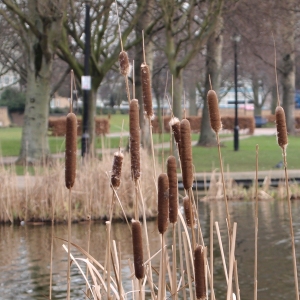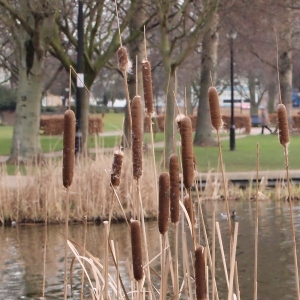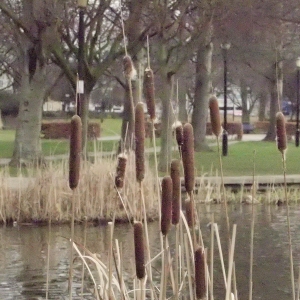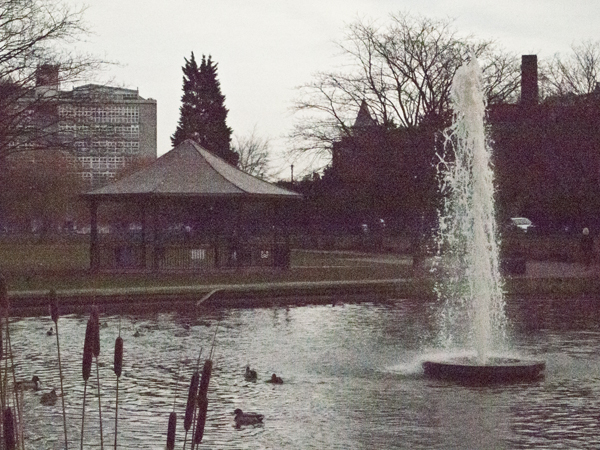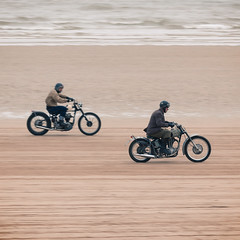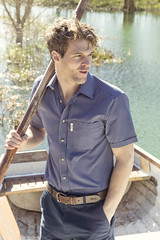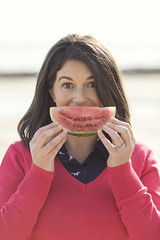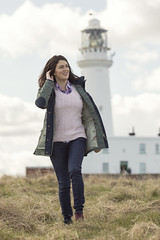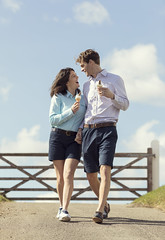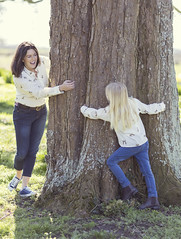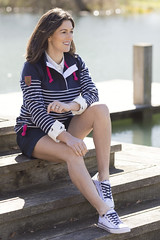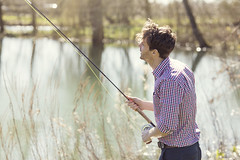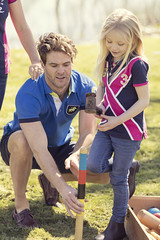Specialist Studio: Food Photography
March 17, 2012 Leave a comment
Having looked at an awful lot of professional food photography and researching into techniques I went into my final shoot fairly well prepared.
Surprisingly I found food photography to be quite stressful as opposed to portrait photography, even though with portrait photography you need to be constantly working to keep the interest of your model (especially children). With food photography it is much more about the set and the aesthetics of the food so you’re on quite a tight timescale to capture your images before the food dries out under the hot lights. This proves to be very difficult when you’re trying to create something which is in your eyes perfect and you’re shuffling props around to get the composition just right and you’re never quite happy and you find yourself becoming very frustrated.
This shoot was probably the longest of my life and I ended up spending a good 5 or 6 hours plus in the studio to produce what I have. However I feel the research into contemporary practise and the time spent in the studio has paid off and the images I have created definitely have that professional look I was going for and they are very aesthetically pleasing. Using the sets I have managed to make every different type of cake look very interesting and the sets most certainly do complement the food and enhance it further. I feel the compositions are very good and it was worth all of the shuffling around and frustration!
I found the lighting set ups varied greatly depending on what I was shooting, although I’d kind of intended this as I wanted to experiment with different styles, I quickly realised that the lighting set ups start to get very complex especially if you’re trying to light a set as well. I found myself using 3 studio flash heads, two speed lights and a reflector part of the time which seems extreme when you can get some great effects using one light if you were photographing a person. When I found myself doing this however I stopped and did a complete rethink because in my experience simple lighting is always better and more effective.
So it was a very frustrating but very rewarding shoot in the end, the cakes also were rewarding once they entered my mouth.







